5 Native Maryland Plants for Easy Container Gardening
BY WIKILAWN | SEPTEMBER 8TH, 2018 | FREDERICK, LAWN CARE, MARYLANDContainer gardening is ideal for those with a small outdoor space like a balcony or a postage-stamp lawn. Pots overflowing with flowers can also add colorful accents to gardens, porches, patios, pool decks—wherever you want to take your landscaping additions. Even the design possibilities are limitless with containers in every size and shape available, and an endless variety of native plants that flourish in Maryland.
By using native plants in your container garden, you are choosing plants that are completely adapted to the climate and have natural defenses against local pests and diseases. They also are usually unaffected by air pollution, a real benefit for urban gardens.
Here are five really beautiful plants native to Maryland, perfect for container gardens.
1. Petunia ‘Night Sky’
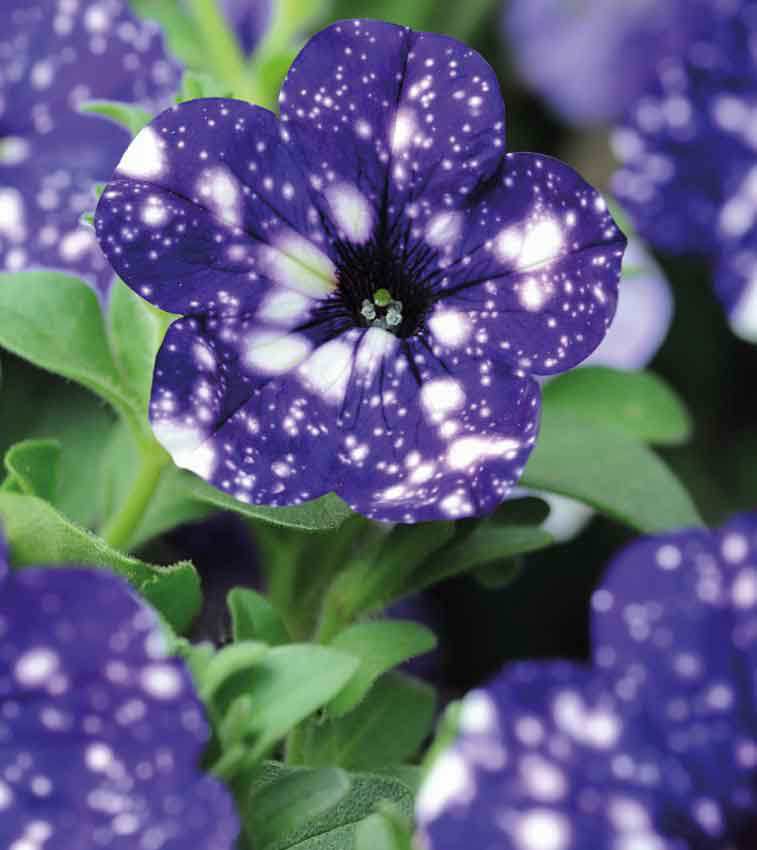
Photo: mandycanudigit.com
Common name: Galaxy Petunia
Color: Blue, purple, white
Sunlight: Sun
Height: 10-16”
Width: 24-36”
Soil: Average, rich, moist
Moisture level: Consistent
Wildlife Attraction: Butterflies, hummingbirds
Where as this is a special variation of the ever so popular petunia flower, the ‘Night Sky’ is unlike any other petunia—or any other flower for that matter. The plant produces a profusion of plush, trumpet-shaped indigo blue flowers splashed with bright white speck. Think the nighttime sky filled with glittering stars. Incredibly, no two flowers are alike. The starlike appearance is due to the difference in temperature between daytime and nighttime. The plants need warm in the daytime and much cooler at night.This sun-loving plant grows to 10 to 16 inches and blooms from May through September with pointy green leaves that gently spill from the container.
“The best plants for busy gardeners are natives and perennials,” says Gene Sumi, education coordinator for Homestead Gardens in Davidsonville. “It’s hard to go wrong with old standbys like black-eyed Susans, coneflowers and perennial geraniums.”
2. Cardinal Flower
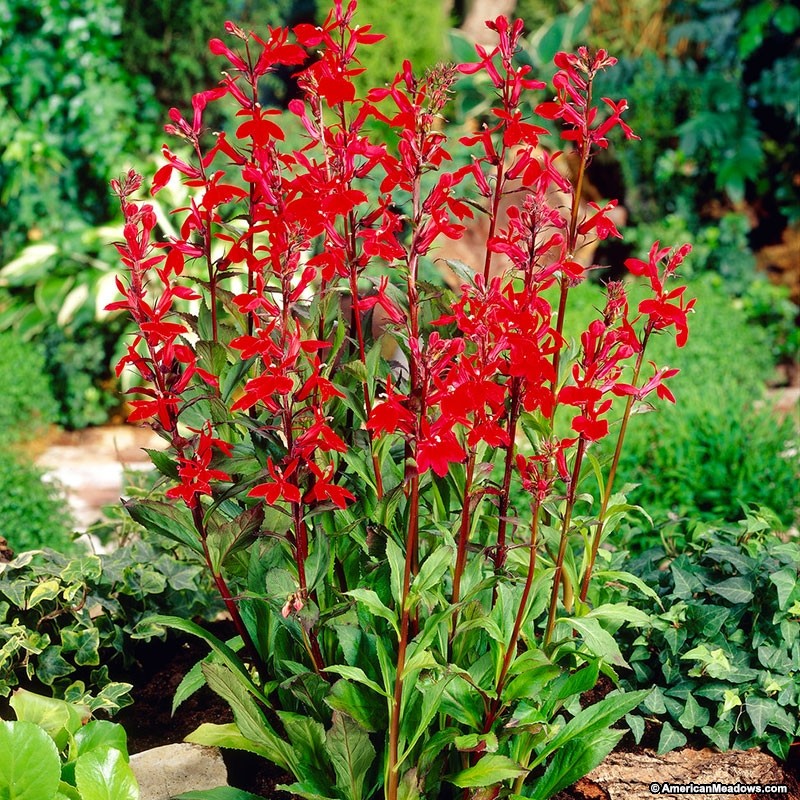
Photo: americanmeadows.com
This flower is named after the vivid red color of the Roman Catholic cardinal’s robe. The brilliant red of the flowers bloom when most other perennials are fading in the summer heat.The tall spikes of exotic, brilliant red, trumpet-shaped flowers rise above rich green, lance-shaped leaves tinged with bronze.
The cardinal flower plant, which can grow to four feet high, overflows with blooms during summer and sometimes into early fall. The Cardinal Flower can be grown in perennial borders but can also be naturalized and grown in wildflower meadows. Since the trumpet shaped flowers have long necks, it depends on the hummingbird for fertilization, so it’s the perfect plant for a hummingbird garden.
Pruning it will bring about a second round of flowers. Or, if you want them to spread, let the seeds fall to the ground for self-sowing. If you want seedling, you will need to pull back the mulch so the seedlings can grow.
3. Celosia ‘Intenz’
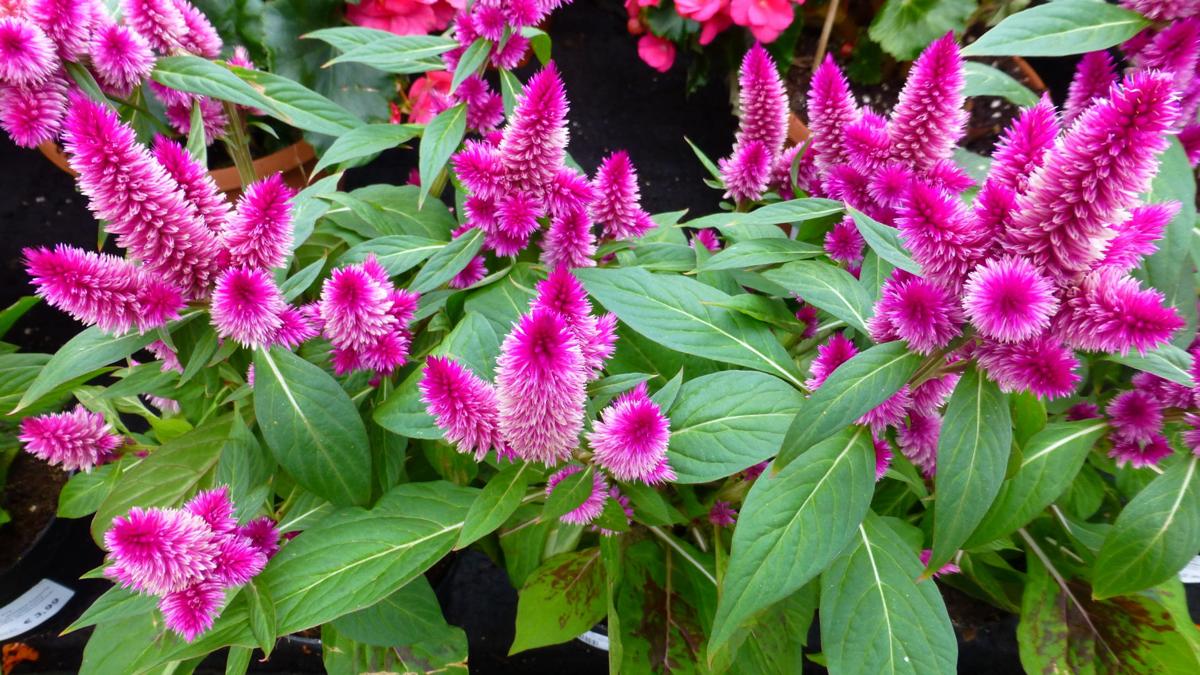
Photo: ncnewsonline.com
Moisture level: Medium
Height: 18”
Width: 12”
Coloring: Reddish-purple
Sunlight: Sun
Wildlife attraction: Bees, butterflies
The Celosia ‘Intenz’ is easy to maintain as long as it has its place in the sun. The flamboyant flowers, startling reddish-violet plumes, bloom all summer long and add remarkable texture as well as the intense color to the container arrangement. It’s considered drought tolerant and is a great choice for an xeriscape application or a low water garden. But, if it’s in a container or basket, it may need more frequent watering.
The plant is compact, only 10 to 14 inches tall, and its upright growth makes it compatible with any number of plants. For a real showstopper, combine it with the lime-green of ‘Envy’ zinnias. ‘Intenz’ doesn’t need pruning as such, simply pick off the old flowers as they begin to fade to keep the plant looking tidy.
Carrie Engel, a greenhouse manager, says the Intenz line will stand up to Maryland’s summer’s. “They are great for July, August when it’s still hot outside.”
4. Blue Mist Shrub
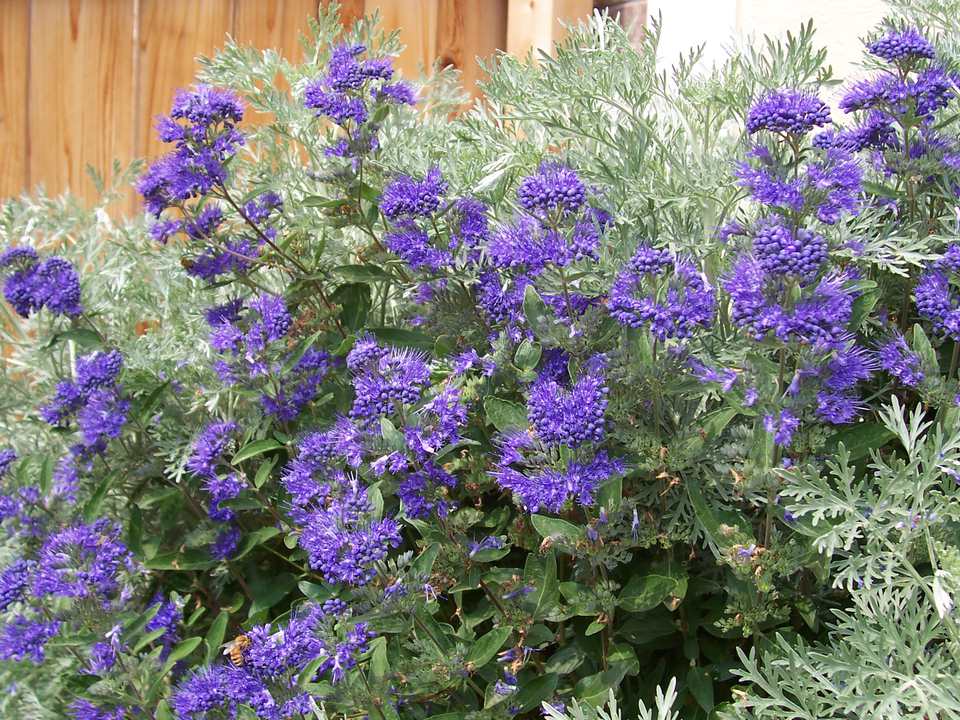
Photo: cochatonursery.com
The blue mist shrub is light and airy with clusters of powder-blue flowers and blue-green leaves from late summer to early fall. The leaves are further enhanced by their silver undersides. This shrub has a fine texture that makes it stand out from the “crowd,” and is used to its best advantage in the center of the container surrounded by smaller plants. The blue mist wants to be in the sun as much as possible. It’s drought tolerant so it only requires the average amount of water but if it’s over fertilized, it will become disorderly and overblown. Only prune it when it begins to grow leaves in the spring. In fact, the entire shrub can be cut back to the ground, which will give it a more even shape and livens it up. The Blue Mist Shrub can grow to three feet tall and has an average lifespan of 20 years.
“Being a Maryland gardener I will say I love blue mist shrub (caryopteris) as it’s one of the late summer early fall flowers. It takes the heat and humidity around the DC area and has beautiful flowers to boot!” – Ann Bowie Addison, local gardener at home.
5. Blue Sedge or Caryopteris
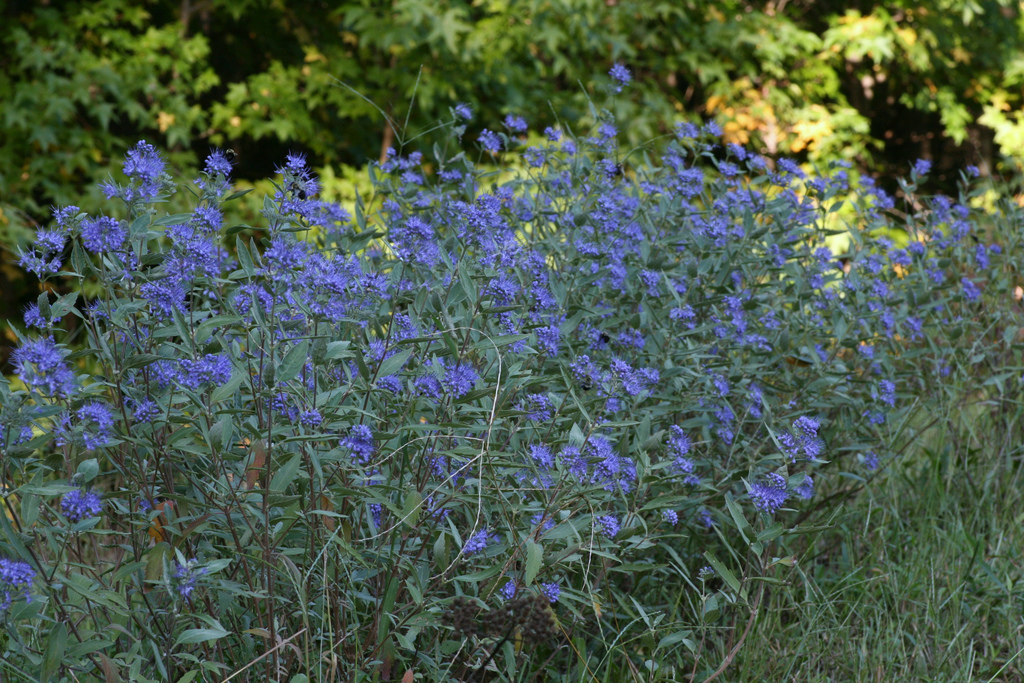
Photo: crasstalk.com
Moisture level: Moist to dry soil
Height: 2-3 ft.
Width: 2-3 ft.
Coloring: Evergreen
Sunlight: Full sun to light shade
Wildlife attractions: Birds
The blue sedge with its quirky, bright, variegated foliage is a dramatic addition to a container garden for its waterfall effect. The foliage ranges from slivers of strands to thick straps, and the variety in texture and distinctive shades of color make a stunning display, particularly in a plant that is as compact as the blue sedge. It grows well in the shade, sometimes better than in the sun, so move your blue sedge around until it finds its bliss.
It’s drought tolerant, almost maintenance free and easy to grow. The plants can be transplanted easily, usually don’t need fertilizer and grow rapidly.and crowds out other invasive species. Remove the old leaves before the new ones arrive, as it looks best when it’s cleanly trimmed.
Have more questions about lawn care? Visit our Frederick, MD lawn care page for more information!